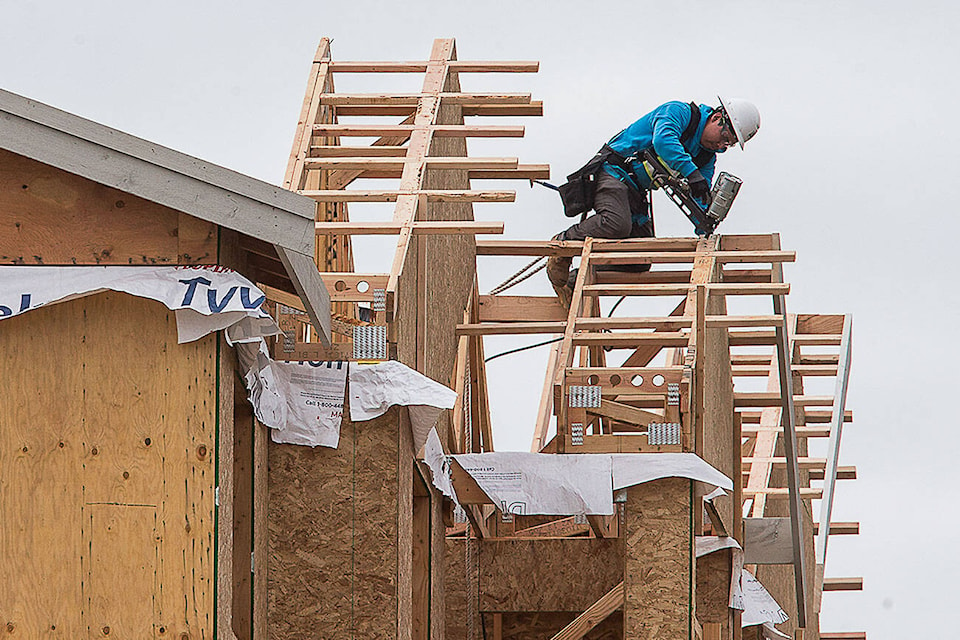The fourth International Conference on New Horizons in Green Civil Engineering at the University of Victoria brought architects, engineers and researchers together for a series of presentations about green building materials and techniques.
The goal: to identify ways to reduce the greenhouse gas (GHG) emissions the built-environment industry generates.
Responsible for making and maintaining structures people rely on, from single-family homes to skyscrapers, the industry accounts for at least 37 per cent of the world's GHG emissions, according to a 2023 UN Environment Programme report.
These emissions could increase in the coming years.
“Floor space worldwide is set to double by 2060, and every five days, the world constructs enough new buildings to add another city the size of Paris,” reads the same report.
This poses a problem.
“History shows that reducing carbon emissions or reducing energy consumption is not an easy task. For generations, we have ignored it. We have to work very hard and in a very persistent way because there is no second choice here, there is no second option,” said Phalguni Mukhopadhyaya, the conference's organizer and a UVic civil engineering professor. “If we don’t do that, our survival will be at stake.”
Vancouver-based architect Michael Green, who delivered the conference's keynote speech on Aug. 28, said the industry isn’t adapting quickly enough to meet this challenge.
“We are the folks who can make a difference in the world,” he said, “but we have to change our mindset.”
Many of the presenters echoed Green's sentiments.
Integrating green roofs and walls into building simulation software, modernizing glass skyscrapers to meet contemporary energy standards, decarbonizing Canada's built environment using wood – though presentation topics varied, each of them focused on green building materials and techniques that challenge industry norms.
Some of the ideas discussed are already in use. For example, a number of buildings in Langford are made out of mass timber – a material that is less carbon-intensive to produce and use than alternatives like steel and cement.
“To me, the value of a conference like this is the cross-pollination,” said Wendy Macdonald, a sustainability consultant at Victoria-based development firm RJC Engineers, who was in attendance. “You can see how this relationship between academia and industry is so critical because industry knows a lot of the questions, and somebody is trying to figure out some of the answers.”
Whether or not the topics discussed will help reduce GHG emissions, the conference at least illustrated that people are working to solve these problems.
“This is very much an all-hands-on-deck time in history,” said Macdonald. “Anytime I get together with a whole bunch of people also working on the same problem, when it can feel so insurmountable, it’s really buoying for the spirit.”


